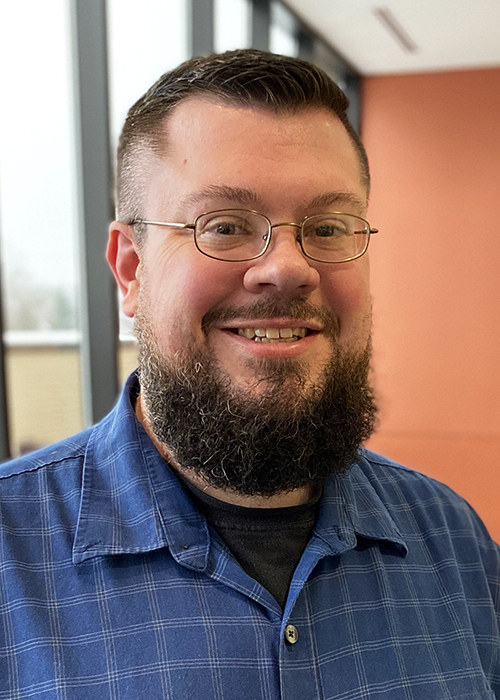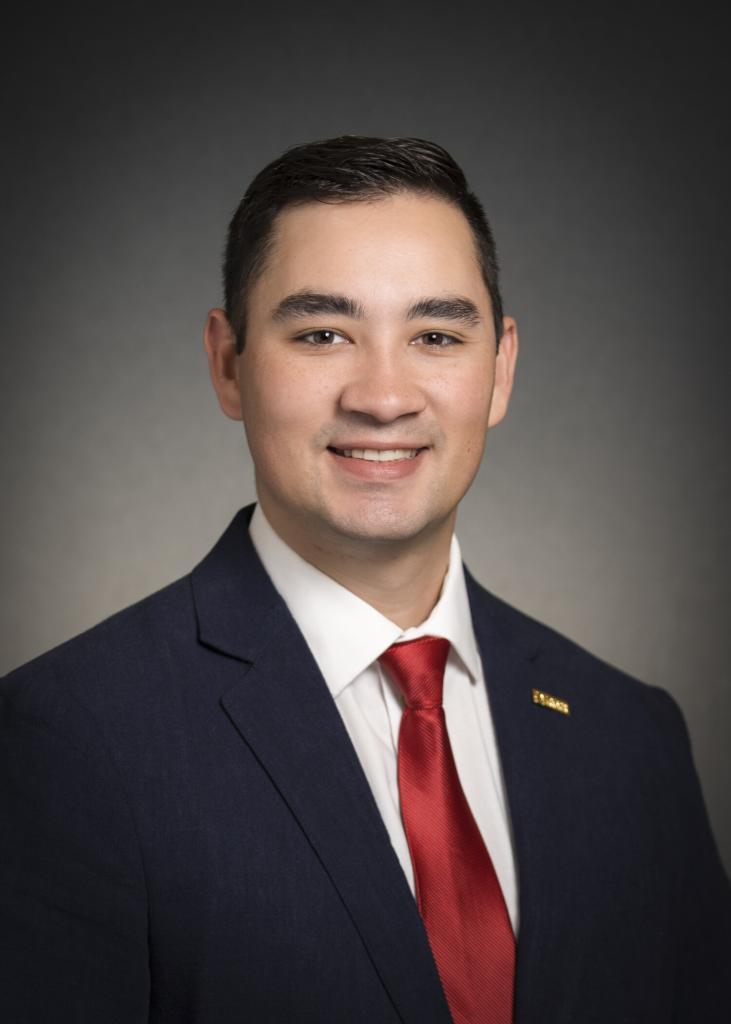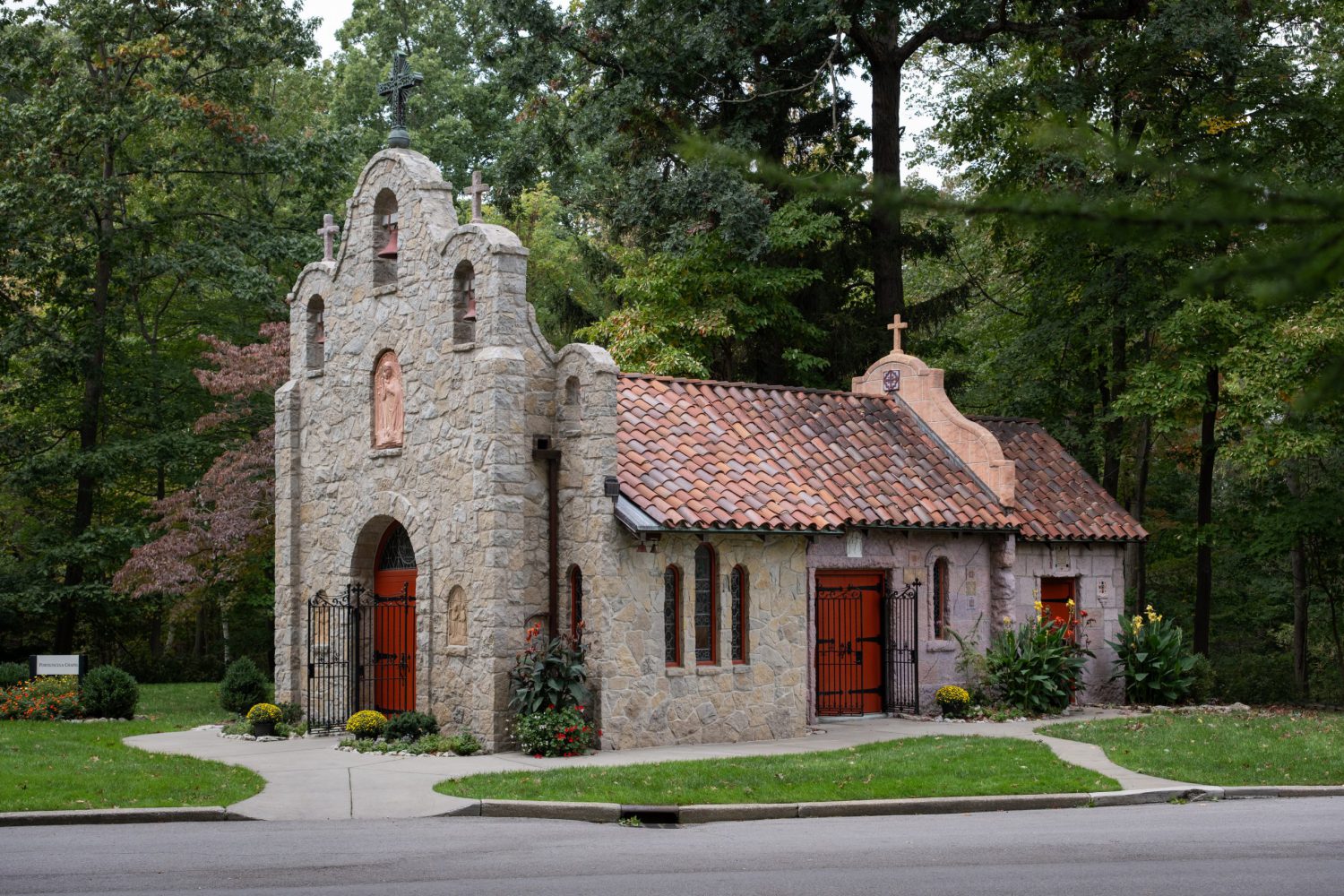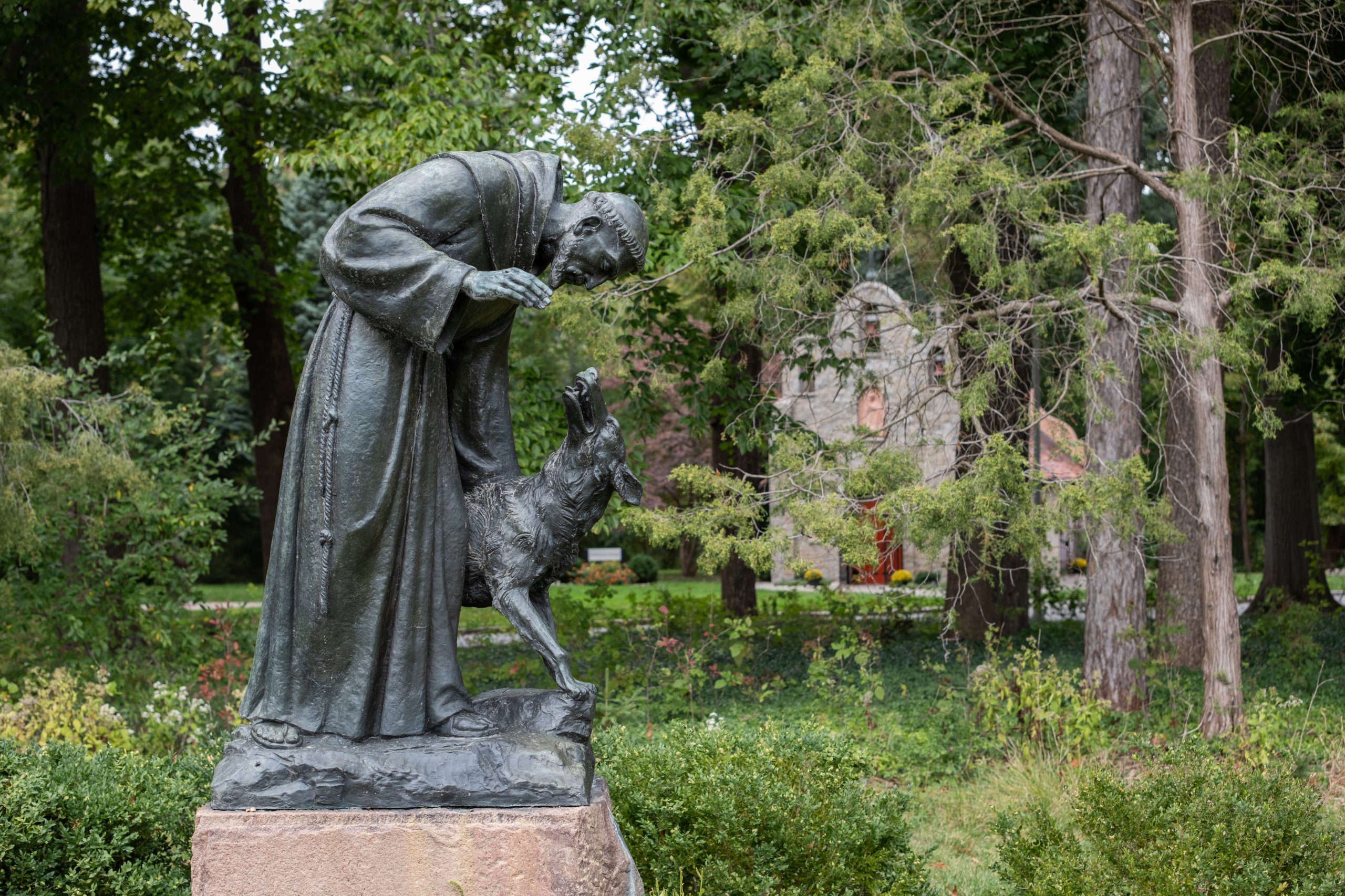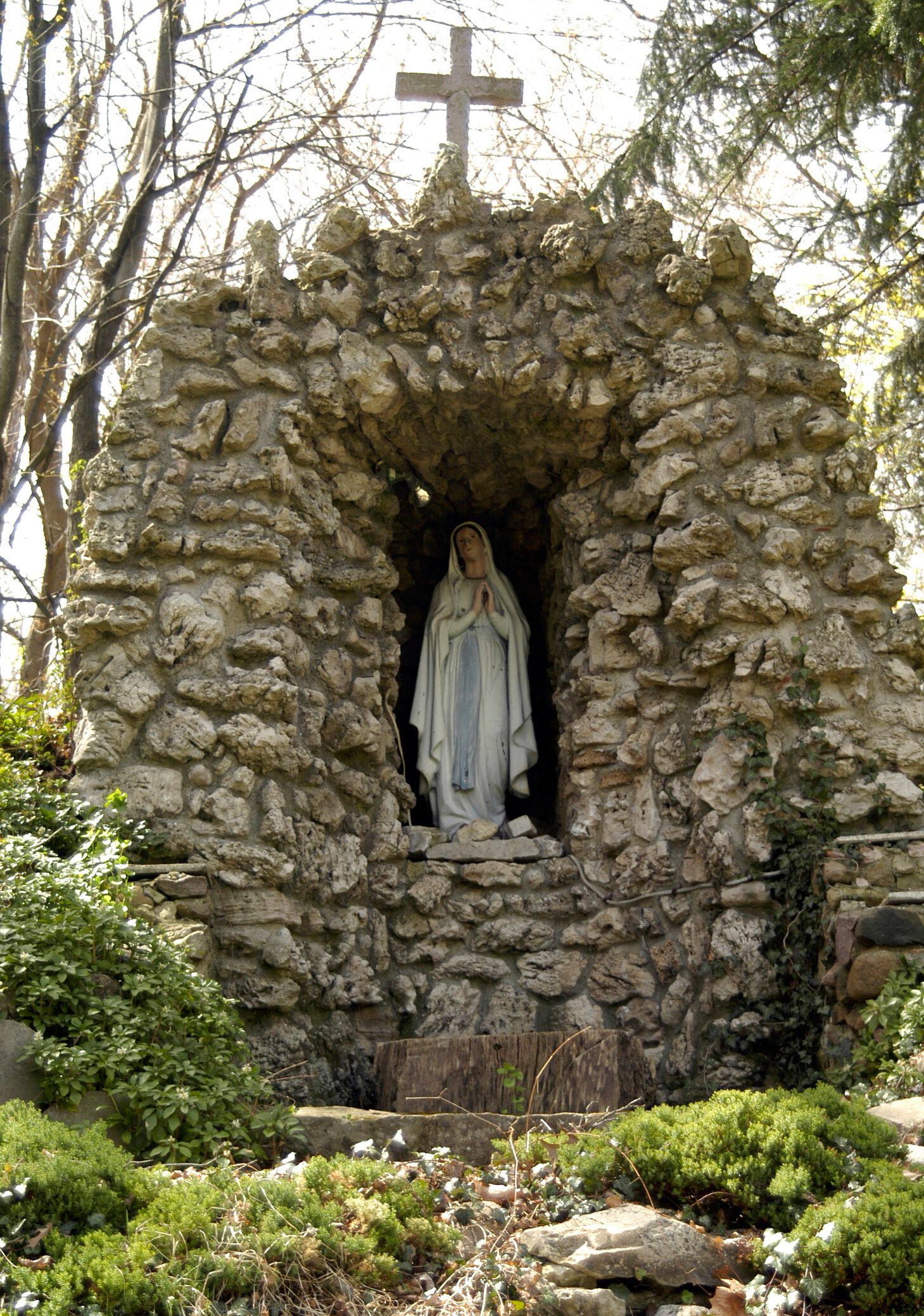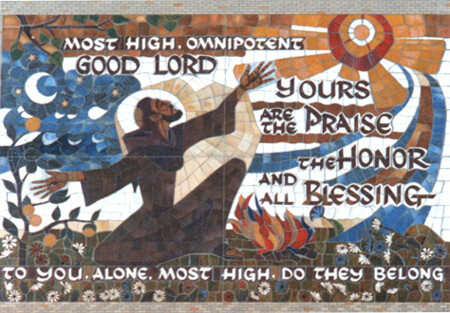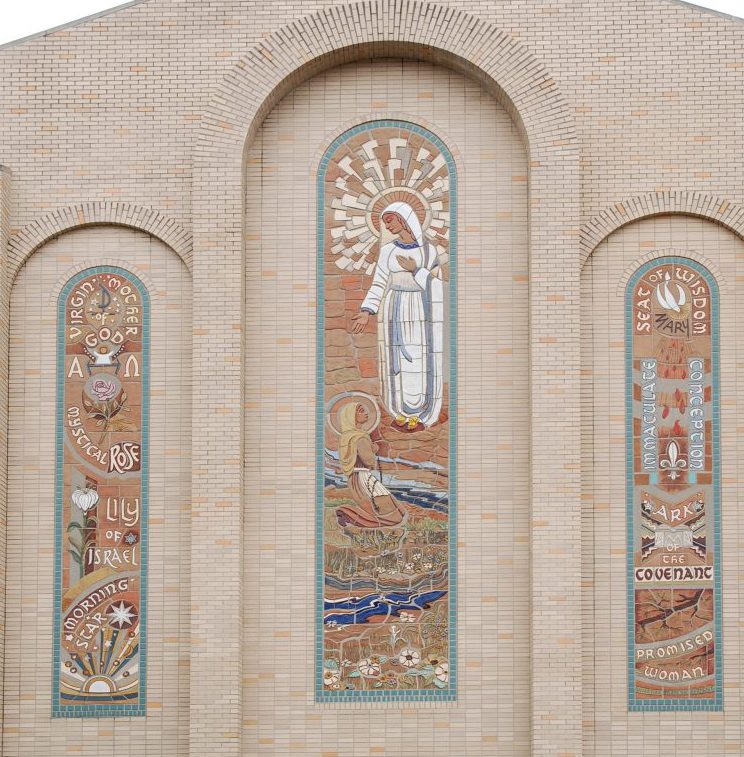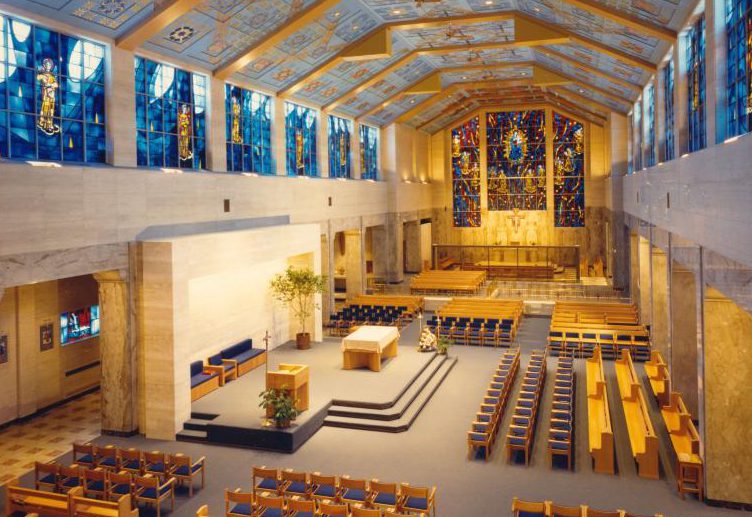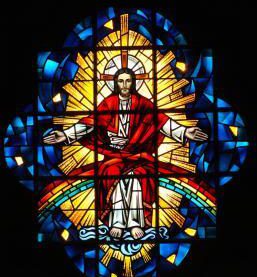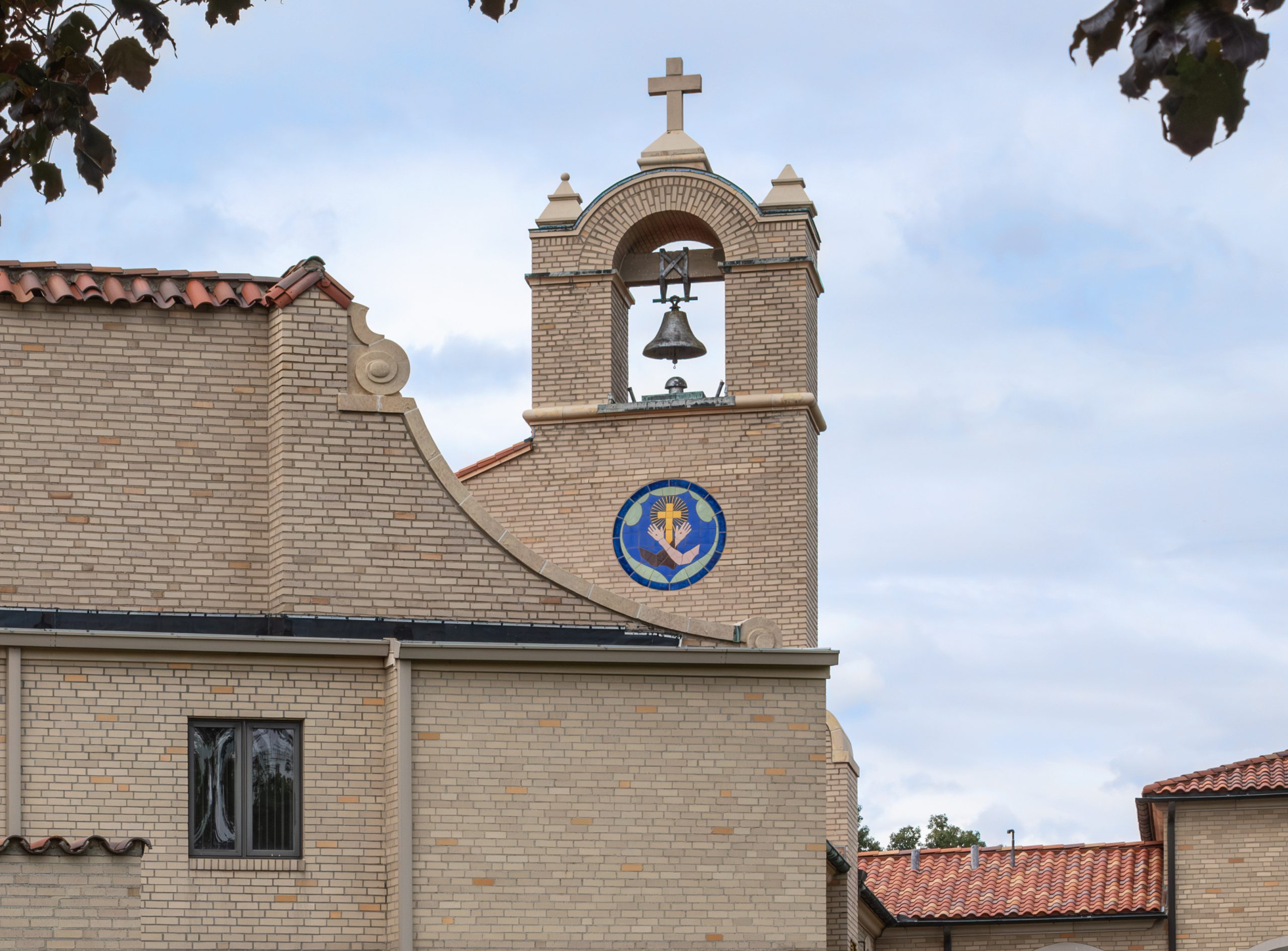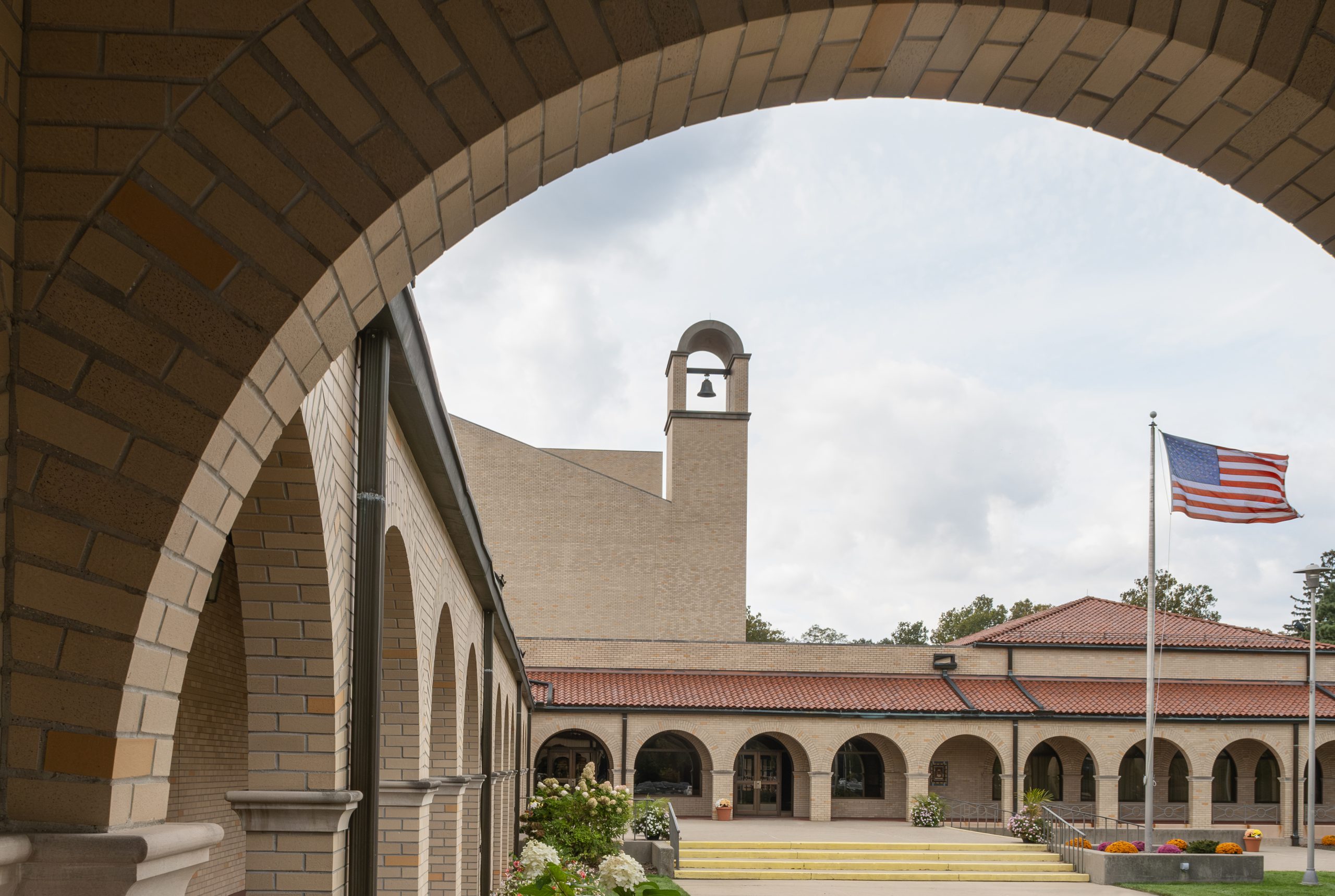Office: St. Clare Hall 140
419-824-3861
bvano@lourdes.edu
Education: M.A., Wayne State University; M.A., St. Bonaventure University
Sister Barbara Vano is dedicated to the University mission. As Vice President for Mission and Ministry, she oversees the Campus Ministry and Service Learning departments.
Mission and Ministry strengthens awareness of our Catholic and Franciscan traditions and ensures they are integrated throughout the University Community. Sister Barb previously served as the Director of Campus Ministry and is pleased to continue her role as Director of Service Learning.
A Franciscan Pilgrimage Programs staff member, she has led several pilgrimages in Assisi and Rome, Italy. Sister Barb also serves on the Advisory Council of St. Leonard, a senior residential community in Centerville, Ohio, and is active with the Manahan in Toledo. A Sister of St. Francis of Sylvania, Ohio, she volunteers as a member of the Chapel ministry team and serves as a member of the Sisters’ Charism Committee and Vocation Awareness Team.
Originally from Detroit, Michigan, Sister Barb’s previous ministry experiences have included teaching math at the high school and college level, serving as director of Helping Hands of St. Louis (a Toledo area soup kitchen), and digging around in computer data with the department of Information Systems at Lourdes.
Enjoying every opportunity to share the spirit of Francis and Clare, her favorite topics include Franciscan spirituality, leadership from a Franciscan perspective, and the history of the Third Order Regular.
Sister Barb holds an M.A. degree in Mathematics from Wayne State University and an M.A. degree in Franciscan Studies from the Franciscan Institute of St. Bonaventure University.


